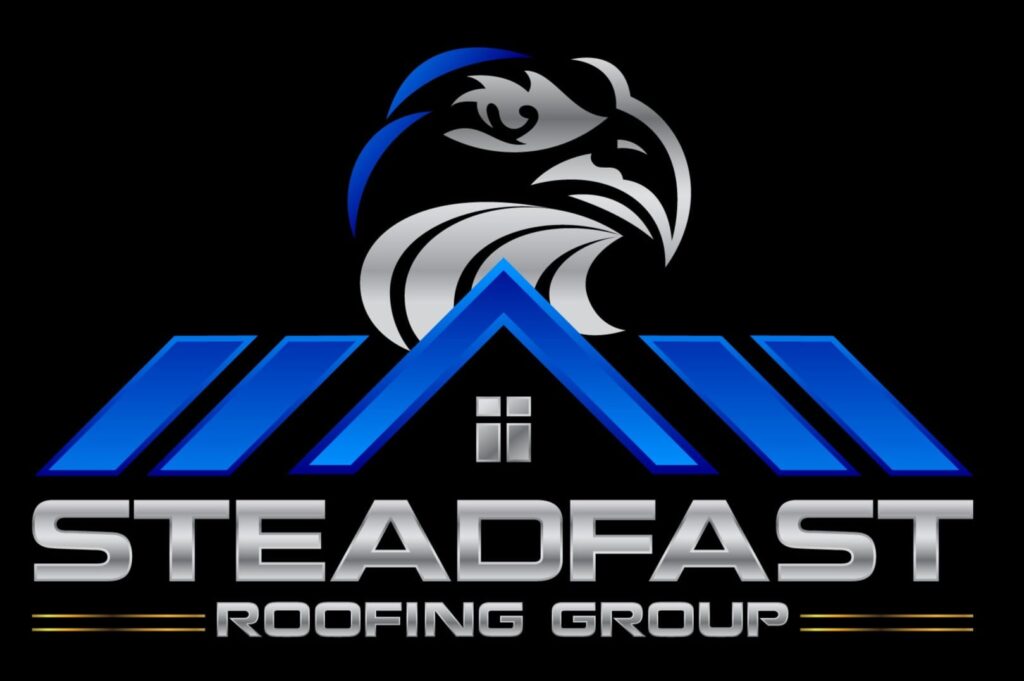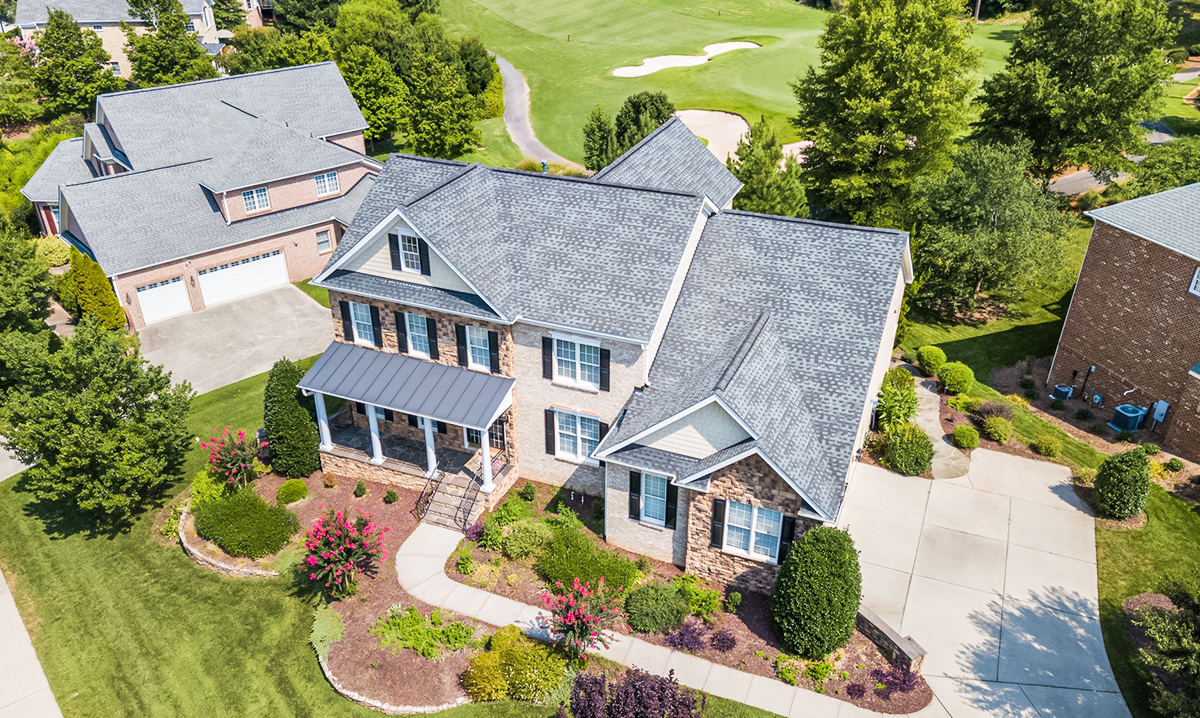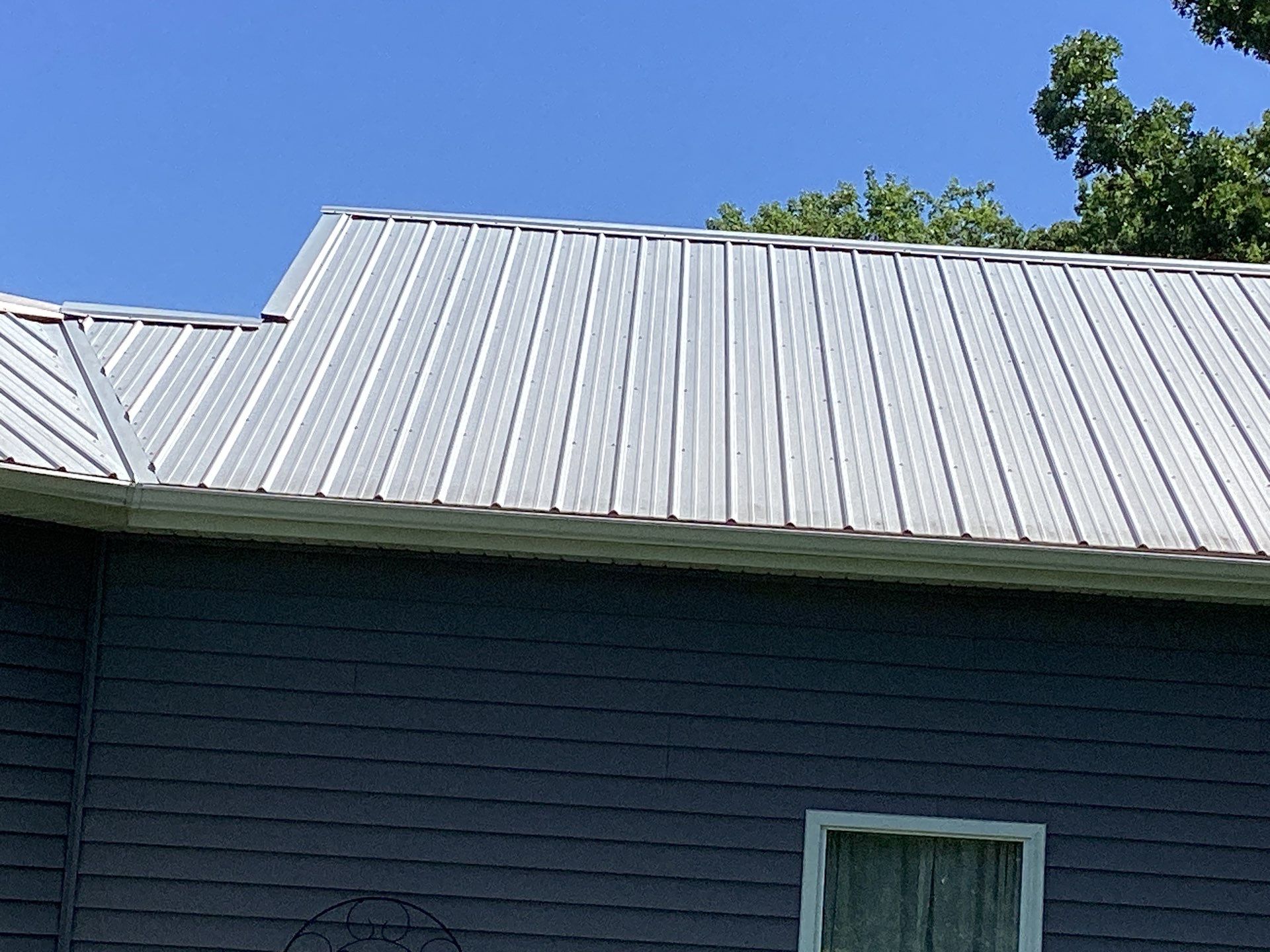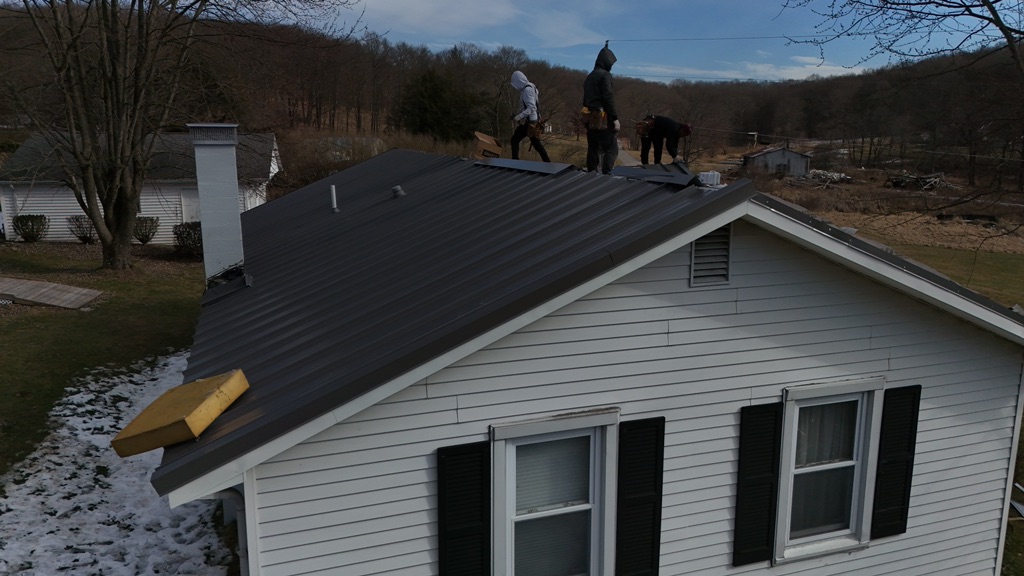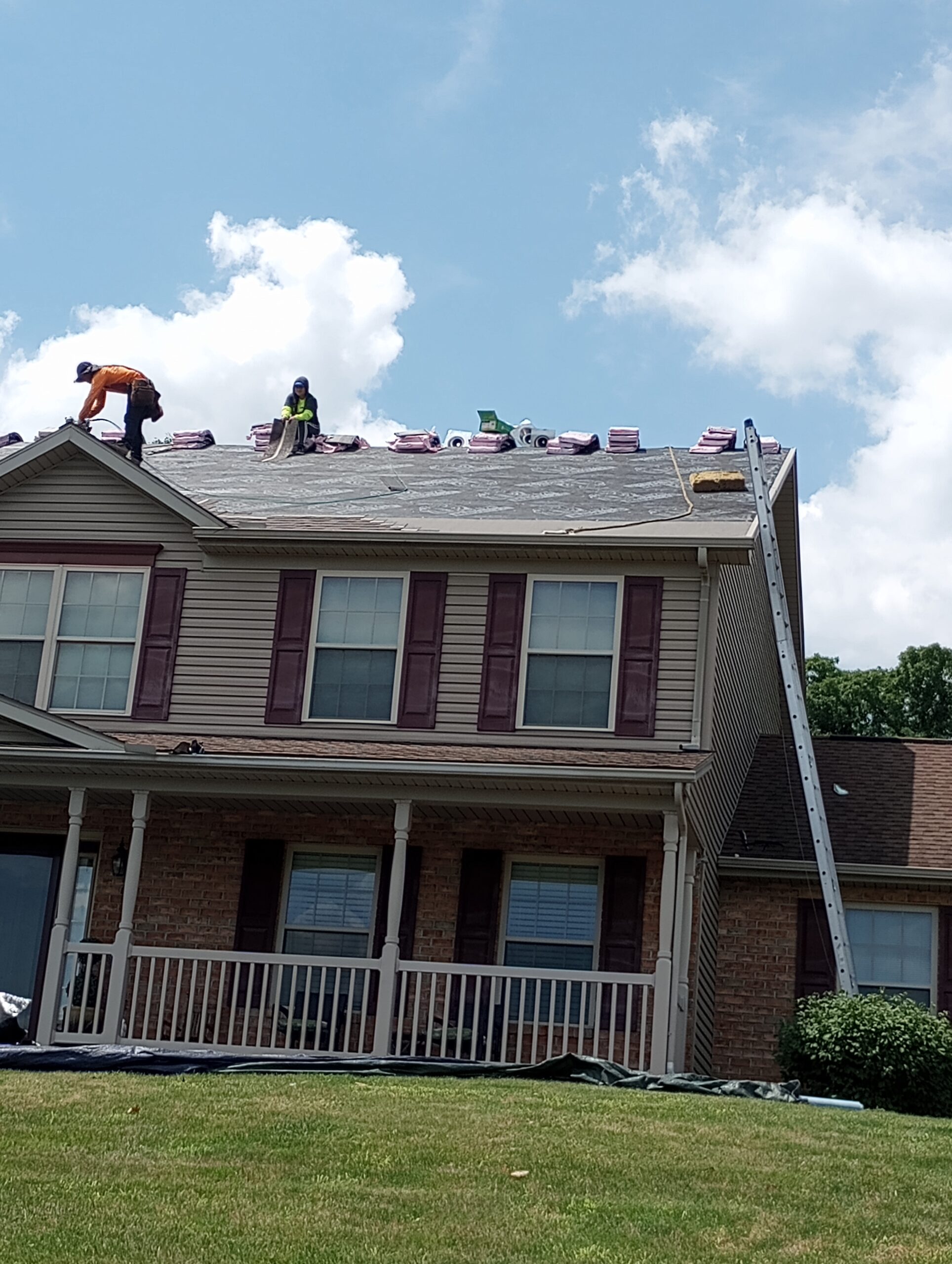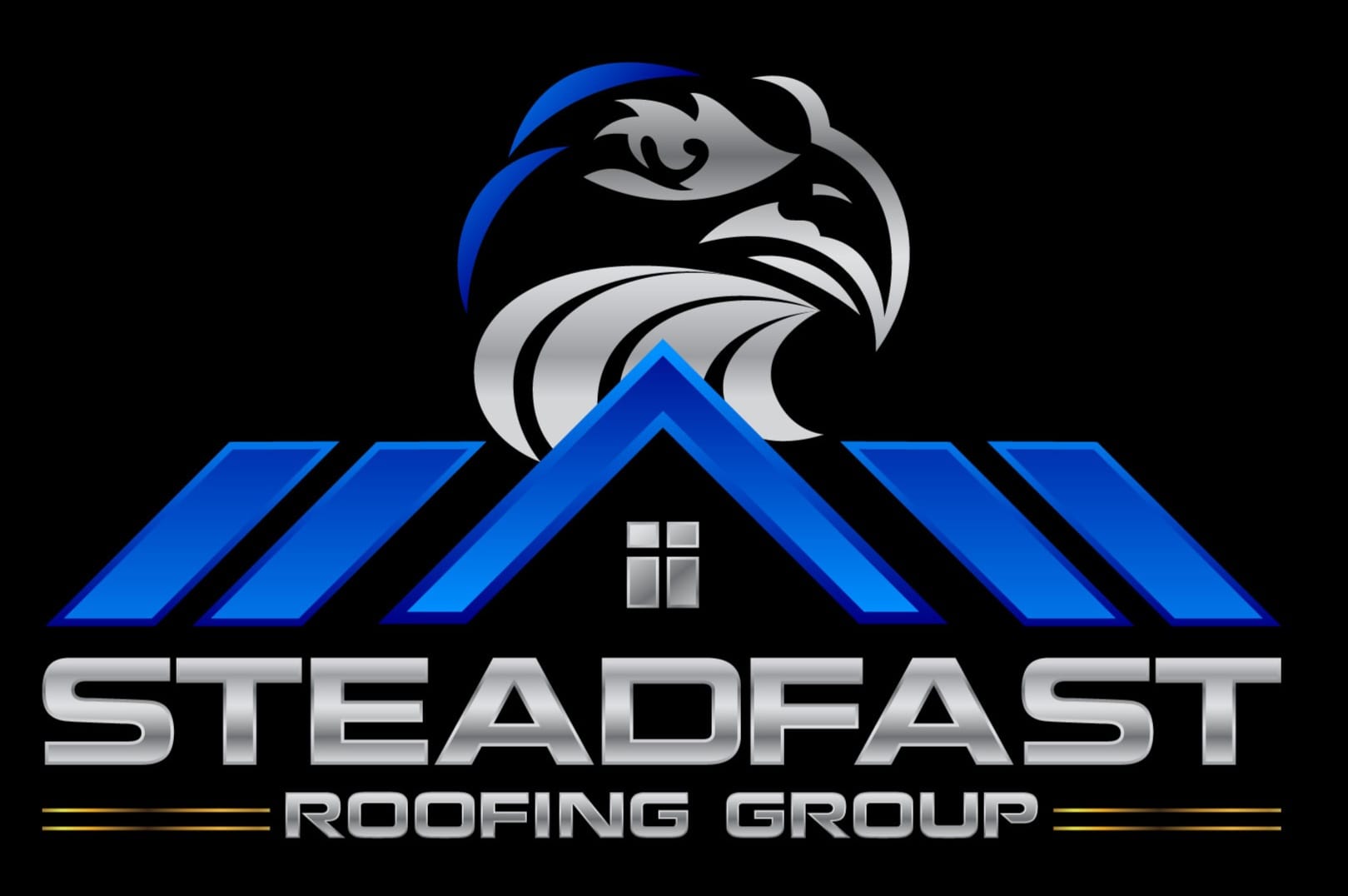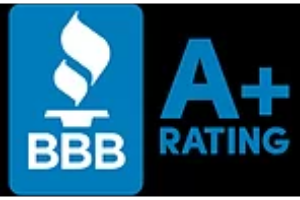Roofing is a vital component of any structure and plays an essential role in protecting the building from the elements. As technology advances, so do roofing innovations that enable increased efficiency and cost savings for homeowners and commercial property owners alike.
This article will explore what’s new in the industry to provide readers with an understanding of recent developments as well as how they may benefit their own projects.
Innovation has never been more important than it is today when considering energy efficiency and sustainability goals. Recent advancements have allowed roof systems to better withstand weather events while also offering improved insulation capabilities.
In addition, technological improvements allow for faster installation times which can save time and money on construction costs. By exploring these topics, this article will seek to inform readers about current trends in roofing innovation and discuss potential benefits associated with upgrading existing roofs or installing new ones.
Energy Efficiency And Sustainability
Recent innovations in roofing technology have focused on energy efficiency and sustainability, with the goal of reducing environmental impact.
Energy audits help identify areas where roofs can be improved to reduce energy costs while improving overall energy efficiency. This includes proper insulation, ventilation systems, and appropriate surface colors that reflect natural light.
In addition, eco-friendly materials such as metal or clay are becoming more popular due to their durability and ability to insulate well against heat transfer. These materials also require less maintenance than other types of material, saving time and money over the life cycle of a roof system.
Roof coatings made from polymer-based formulas offer an even greater level of protection by preventing water infiltration and UV radiation damage.
By incorporating these technologies into new construction projects or existing buildings, it is possible to achieve significant savings in both energy consumption and cost. Moreover, this helps preserve our environment for future generations through increased sustainability measures.
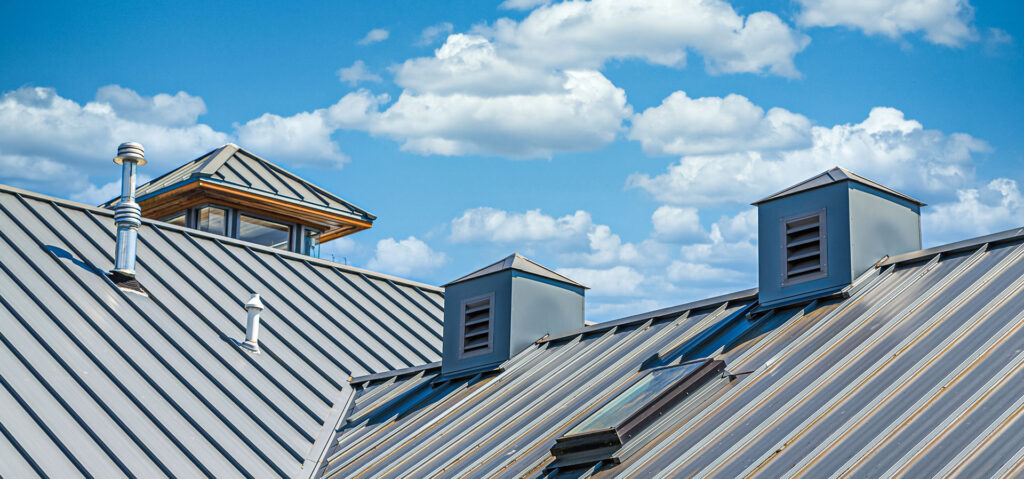
Improved Weather Resistance
The roofing industry has seen a number of innovations over the years, and one of the greatest improvements in recent times is improved weather resistance. Applied to both residential and commercial buildings alike, this advancement provides increased protection from damaging elements like wind and rain. This greater durability can be credited to advances made in testing procedures that ensure materials are able to withstand extreme conditions with minimal wear and tear.
Furthermore, these advancements go beyond just ensuring a more durable product; they enable architects to create aesthetically pleasing designs without compromising on quality or performance. With low-maintenance options available, homeowners now have access to stylish roofing treatments that add character to any structure while remaining resilient against harsh environmental conditions.
What’s more, construction companies benefit greatly by being able to provide high-quality solutions at a fraction of the cost compared to traditional methods – ultimately leading to better customer satisfaction overall.
Enhanced Insulation Capabilities
The roofing industry has seen many advancements in recent years, with the focus being on improved insulation capabilities. New materials and technology are allowing for better thermal regulation within a building’s structure, providing greater comfort to occupants while also helping increase energy efficiency.
In addition to thermal insulation, acoustic insulation is another area of progress that provides noise reduction benefits as well as enhanced privacy. Noise pollution can be disruptive to daily life and businesses alike, making soundproofing products essential for reducing unwanted sounds from outside sources.
Currently, there are several available options such as laminated panels which offer superior performance compared to traditional solutions like mineral wool or fiberglass batting. These newer methods have been designed to provide both excellent thermal and acoustic insulation properties simultaneously. As a result, people now have access to more cost-effective and efficient ways to regulate temperature and mitigate external noise levels in their homes or workplaces.
Faster Installation Times
In order to keep up with the evolving standards of efficiency within the roofing industry, advancements have been made in both insulation capabilities and installation times.
The latest innovations focus on simplified designs that take advantage of cutting-edge materials to reduce the amount of time spent installing a roof.
The use of lighter-weight yet more durable materials has allowed for faster installation times due to improved design integration.
These materials also provide higher levels of protection from inclement weather than ever before, making them ideal for residential and commercial applications alike.
Additionally, some manufacturers are offering warranties that guarantee no leaks or other issues will occur during the life expectancy of their products.
This is especially appealing when considering large commercial projects where any downtime can be costly.
Automated Roofing Technology
The emergence of automated roofing technology has revolutionized the industry, with smart sensors and dynamic materials being used to optimize energy efficiency.
Smart sensor systems use digital algorithms which enable them to collect data on a range of variables such as temperature, wind speed, weather patterns and other environmental factors in order to inform decisions about when is best to open and close vents.
This information can be used by the system itself or by an external controller connected through wireless communication protocols.
Dynamic materials are also becoming popular for their ability to respond quickly and autonomously to changing conditions without direct human input. These materials adapt to changes in climate or environment by expanding or contracting according to need; for example, they can expand during periods of low temperatures in order to reduce heat loss from the building structure.
As well as providing insulation benefits, these dynamic materials require minimal maintenance while still offering long-term durability.
This shift towards automated technologies offers many advantages over traditional methods of roof construction and repair.
Automated systems allow for greater accuracy in installation and repairs, since monitoring sensors can detect potential problems before they become serious issues that may lead to costly repairs down the line.
The advanced intelligence built into these systems also allows them to predict future trends more accurately than manual labor alone could do, enabling efficient planning ahead of time so that resources are not wasted unnecessarily.
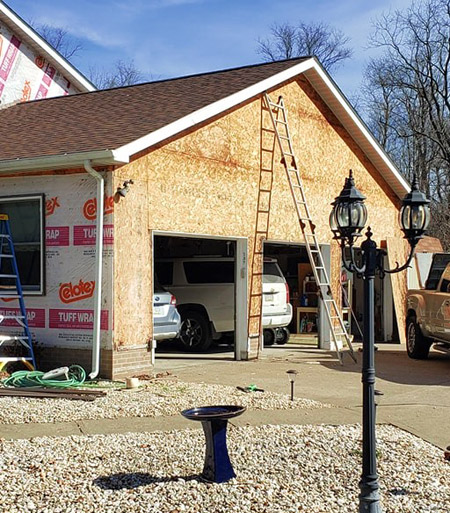
Cost-Saving Innovations
The roofing industry is constantly looking for ways to improve the quality and longevity of their products. Durability testing has become increasingly important, as it can help homeowners identify potential problems before they lead to costly repairs or replacements.
Maintenance protocols are also a major factor in ensuring that roofs stay in good condition over time. New technologies have made durability testing more accurate and cost-effective than ever before. For example, infrared scans allow professionals to quickly detect moisture buildup on the underside of shingles, while thermal imaging cameras provide an efficient way to check insulation levels inside walls and attics.
These tools not only make it easier to spot issues early on, but they can save homeowners money by reducing the need for ongoing maintenance work. Additionally, new materials such as composite shingles can increase a roof’s lifespan with minimal upkeep required.
With these advancements, homeowners can invest confidently in their roofs knowing that there are reliable solutions available if any problems arise.
Green Roofing Solutions
The cost-saving innovations of roofing have been increasingly popular in recent years, however, there is a growing trend in the industry to also focus on more eco-friendly solutions.
Green roofs are becoming an increasingly attractive option for both residential and commercial applications; these roofs provide insulation against heat, sound, and fire while reducing energy costs. Moreover, green roofs can offer a number of other benefits such as helping to reduce runoff from storms and rainwater harvesting.
Eco-friendly materials used for creating green roofs include sedum mats which are easy to install with minimal disruption to existing structures. These lightweight material layers create habitats that support biodiversity by attracting birds, insects, and small animals.
Additionally, they help improve air quality by releasing oxygen into the atmosphere while absorbing carbon dioxide – making them not only environmentally beneficial but aesthetically pleasing too. Furthermore, their ability to retain water helps prevent flooding during extreme weather conditions while providing additional cooling properties throughout hot summer months.
